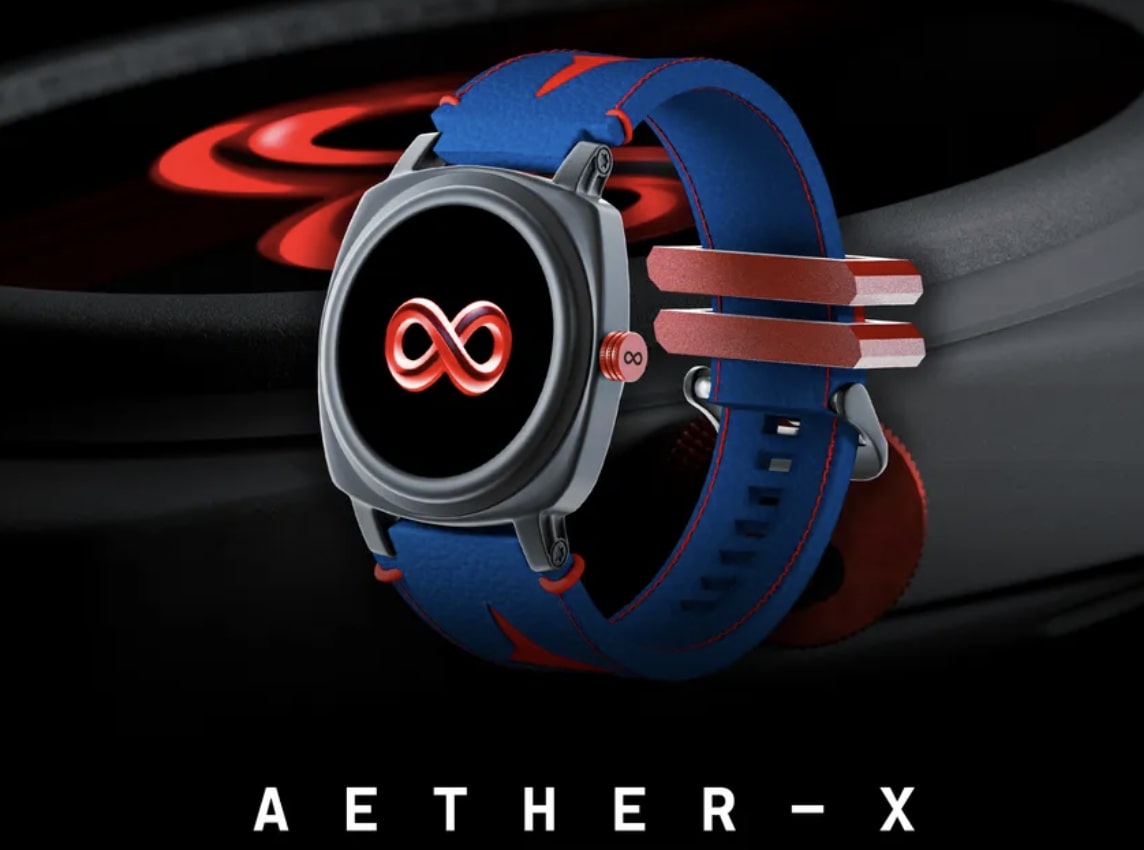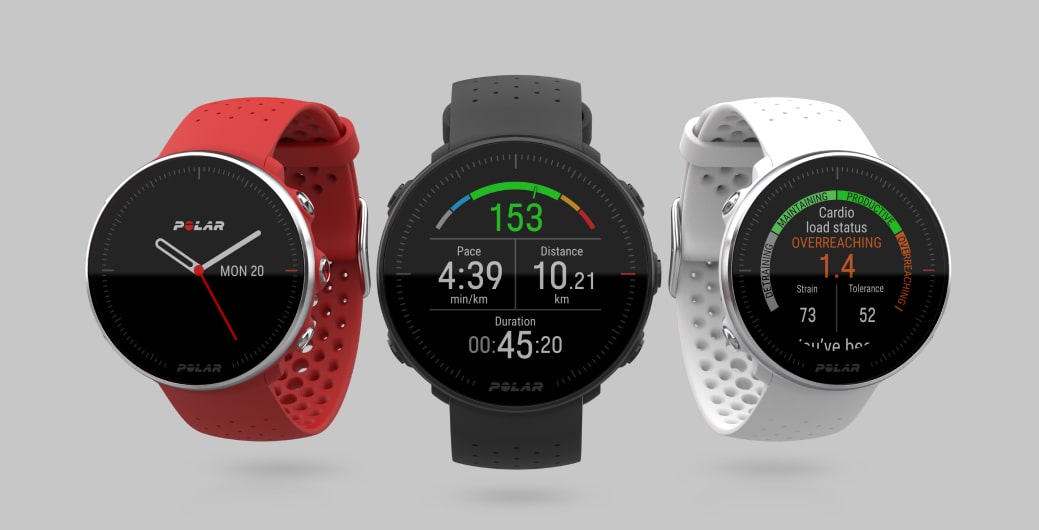When it comes to choosing the perfect running watch, Garmin is a brand that often stands out. Their Forerunner series has become a favorite among fitness enthusiasts and athletes alike, known for their reliable performance and extensive features.
If you’re caught between the Garmin Forerunner 245 and the newer Forerunner 255, you’re not alone. Both watches have a lot to offer, but understanding their differences can help you make the right choice for your specific needs.
In this article, we’ll dive into a detailed comparison of the Garmin 245 and 255, giving you the verdict on which one is better depending on what you’re looking for. We’ll also explore some alternative smartwatches that might better suit your needs if neither of these fits the bill.
Garmin 245 vs 255: The Verdict

Before we dig into the nitty-gritty details, let’s start with what you’re probably here for: the verdict. We’ll break it down into key categories so you can quickly see which watch is the best for you.
Best Overall: Garmin Forerunner 255
If you’re looking for the most well-rounded option, the Garmin Forerunner 255 is the clear winner. This model brings several significant upgrades over the 245, including more advanced training tools, better battery life, and added features like triathlon support. It’s a versatile option that works for runners, cyclists, and swimmers alike.
Best by Price: Garmin Forerunner 245
When it comes to price, the Forerunner 245 is your go-to choice. With the release of the 255, the 245 has seen some price reductions, making it a more budget-friendly option. You still get many of the essential features for tracking your runs, health metrics, and more without breaking the bank.
Best for Health Monitoring: Garmin Forerunner 255
For those who are focused on health monitoring, the Forerunner 255 again takes the lead. It includes more advanced health tracking features like HRV status, a more comprehensive sleep tracking algorithm, and additional sports profiles. It’s designed to give you a more detailed picture of your overall health.
Best for Beginners: Garmin Forerunner 245
If you’re new to the world of running watches, the Forerunner 245 might be the better choice. It’s user-friendly, less expensive, and still provides all the core features a beginner would need. It’s a great starting point without overwhelming you with too many advanced features.
Best for Multisport Athletes: Garmin Forerunner 255
For triathletes or those who participate in multiple sports, the Forerunner 255 is the superior choice. It includes specific features for swimming and cycling and can track transitions between activities seamlessly. This makes it an excellent choice for those who need versatility in their training.
Now that we’ve got the verdict out of the way, let’s dive deeper into the specifics to see why these decisions were made.
Garmin 245 vs 255: Detailed Comparison
When comparing the Garmin Forerunner 245 and 255, it’s essential to look at the most critical features that define these watches. Here, we’ll break down the major differences and help you understand which watch excels in which area.
Design and Build Quality
At first glance, the Forerunner 245 and 255 look quite similar, with both watches sporting a sleek, round face and a comfortable silicone strap. However, the 255 is slightly larger, offering two size options: 41mm and 46mm, compared to the 245’s 42mm. This size difference might be a deciding factor if you prefer a watch that’s either more compact or has a bigger screen.
Both watches have a robust build quality, but the Forerunner 255 takes it a step further with improved durability, including a higher water resistance rating of 5 ATM, making it more suitable for swimming and water activities.
Display and Interface
The display quality on both watches is excellent, with sunlight-readable, transflective memory-in-pixel (MIP) displays that are perfect for outdoor use. However, the Forerunner 255 offers a slightly sharper and more responsive display, which enhances the overall user experience.
In terms of interface, Garmin has done a great job of keeping things intuitive on both models. However, the Forerunner 255’s interface feels more refined, with faster navigation and a few extra customization options for widgets and data screens.
Battery Life
One of the most significant upgrades in the Forerunner 255 is its battery life. The Forerunner 245 offers up to 7 days in smartwatch mode and up to 24 hours in GPS mode. The Forerunner 255, on the other hand, extends this to 14 days in smartwatch mode and 30 hours in GPS mode. This improvement is particularly beneficial for those who participate in long-distance events or simply don’t want to charge their watch as often.
Health and Fitness Tracking
Both the Garmin 245 and 255 excel in health and fitness tracking, but the 255 pulls ahead with its additional features. While the 245 covers all the basics—heart rate monitoring, VO2 max, sleep tracking, and stress tracking—the 255 adds more advanced tools like HRV status (Heart Rate Variability), a more detailed sleep analysis, and new sports modes including triathlon, windsurfing, and kitesurfing.
Moreover, the Forerunner 255 features Garmin’s “Training Readiness” score, which gives you a quick snapshot of how prepared your body is for a workout, factoring in sleep, recovery, and overall stress levels. This feature can be a game-changer for athletes who want to optimize their training schedules.
GPS and Navigation
GPS accuracy is another area where the Forerunner 255 outshines the 245. While both watches feature multi-GNSS support (GPS, GLONASS, Galileo), the 255 includes dual-frequency GPS, which improves accuracy in challenging environments like dense urban areas or under heavy tree cover. This upgrade can make a significant difference for runners who frequently train in such conditions.
Smart Features
When it comes to smart features, both watches are equipped with essentials like smartphone notifications, music storage (the 245 Music and 255 Music variants), and Garmin Pay for contactless payments. However, the 255 offers better overall connectivity with faster syncing and more reliable connections, especially with the inclusion of multi-band GNSS, which also supports faster satellite acquisition.
Price
Price is a crucial factor for many when choosing between these two models. The Forerunner 245, being the older model, is generally more affordable, especially after the release of the 255. If you’re on a budget or just looking for a solid running watch without the need for the latest features, the 245 is a great option. On the other hand, if you’re willing to spend a bit more for the added features and improved performance, the 255 justifies its higher price tag.
Community and Software Support
Both watches benefit from Garmin’s extensive community and software support. Garmin Connect, the app used to sync and analyze data, is one of the best in the industry, providing detailed insights and a vibrant community of users. That said, the Forerunner 255, being the newer model, is likely to receive longer software support and more updates in the future, which could be an essential factor for those who plan to use the watch for several years.
3 Alternatives to Garmin 245 and 255 That Might Fit Better to Your Needs
If you’re still on the fence or find that neither the Forerunner 245 nor the 255 fully meets your needs, there are some excellent alternatives on the market. Below, we’ll explore a few options that might better align with your preferences, starting with one from our own marketplace.
Aether X: Better for Style and Smart Features

If aesthetics and smart features are high on your priority list, the Aether X might be the perfect alternative. Powered by TikTik, this limited-edition designer smartwatch combines cutting-edge technology with sleek design. While it may not offer the same depth of fitness tracking as the Garmin watches, it excels in areas like smart notifications, customizable watch faces, and seamless integration with your smartphone.
The Aether X is also a great option for those who want a watch that transitions effortlessly from the gym to a night out, thanks to its stylish design and variety of strap options. It’s more than just a fitness tracker; it’s a statement piece.
Polar Vantage M2: Better for Multisport Training

If you’re a multisport athlete who isn’t sold on the Garmin Forerunner 255, the Polar Vantage M2 is worth considering. It offers similar multisport tracking features, including triathlon support, and adds Polar’s excellent heart rate monitoring technology. The Vantage M2 also provides robust training analysis tools like Training Load Pro and FitSpark, which offer personalized workout suggestions based on your readiness.
Polar’s ecosystem is slightly different from Garmin’s, but it’s equally rich, with detailed insights into your performance and recovery. The Vantage M2 is also competitively priced, making it a strong contender in this category.
Suunto 9 Baro: Better for Extreme Conditions

For those who often find themselves in extreme conditions—whether it’s ultramarathons, mountain climbing, or deep-sea diving—the Suunto 9 Baro is an excellent alternative. Known for its rugged build and exceptional battery life, the Suunto 9 Baro is designed to withstand the harshest environments. It features a barometric altimeter, storm alarm, and a battery that can last up to 120 hours in tracking mode.
While it’s on the pricier side, the Suunto 9 Baro offers unparalleled durability and reliability for those who push their limits in extreme sports. It’s a powerhouse that doesn’t compromise on performance, even in the most challenging conditions.
Conclusion
Choosing between the Garmin Forerunner 245 and 255 ultimately comes down to your specific needs and budget. The Forerunner 255 is the more advanced and versatile option, offering better battery life, more comprehensive health monitoring, and enhanced GPS accuracy. It’s the watch for those who want the latest features and don’t mind paying a bit more.
On the other hand, the Forerunner 245 remains a strong contender, especially for beginners or those who are budget-conscious. It covers all the basics and then some, making it a solid choice for anyone looking to improve their fitness without the need for cutting-edge technology.
If neither watch seems to fit your needs perfectly, consider alternatives like the Aether X, Polar Vantage M2, or Suunto 9 Baro. Each of these offers unique strengths that might align better with your lifestyle or training requirements.
No matter which option you choose, investing in a quality fitness watch is a step toward better health, more effective training, and achieving your fitness goals.



